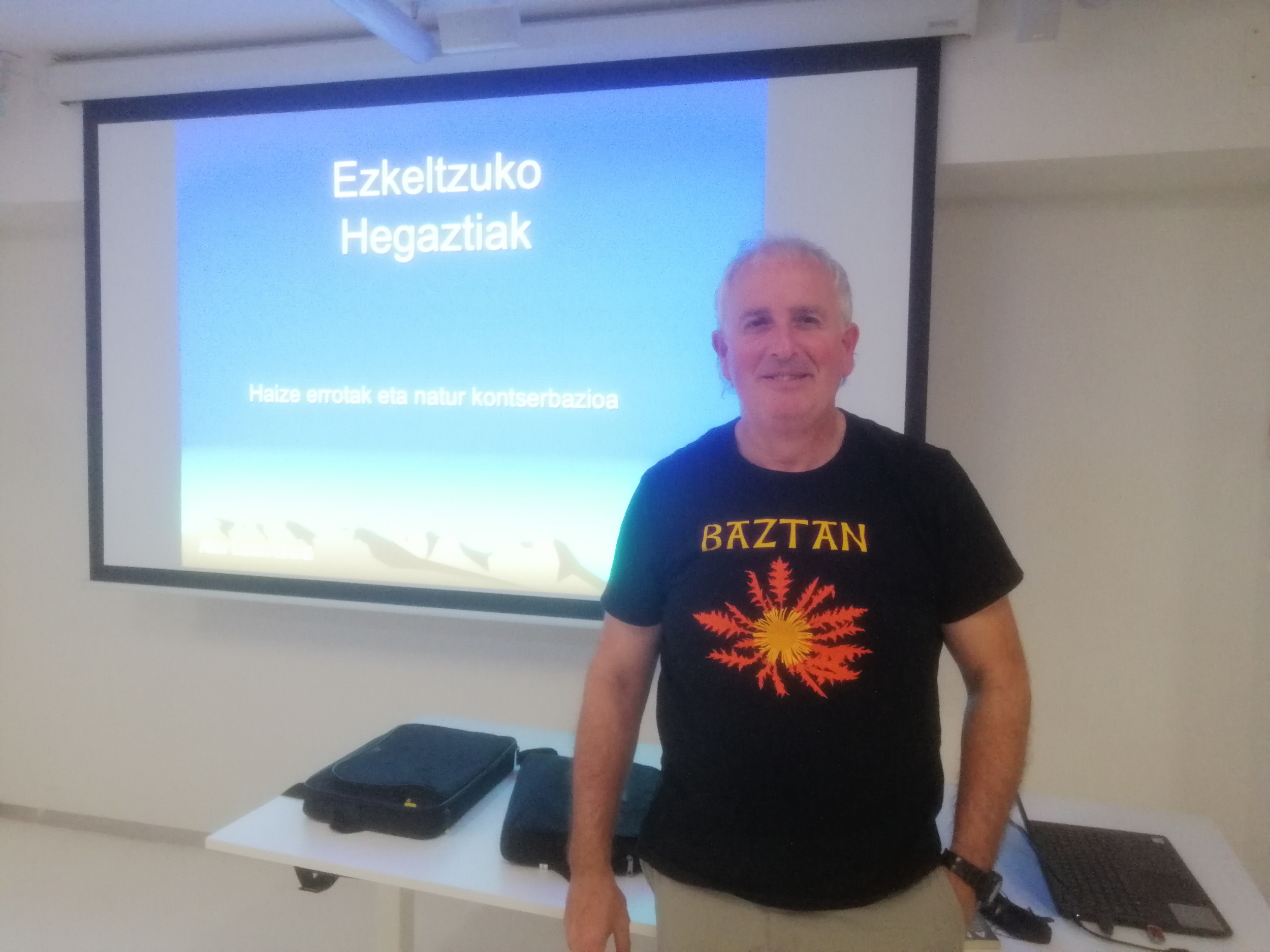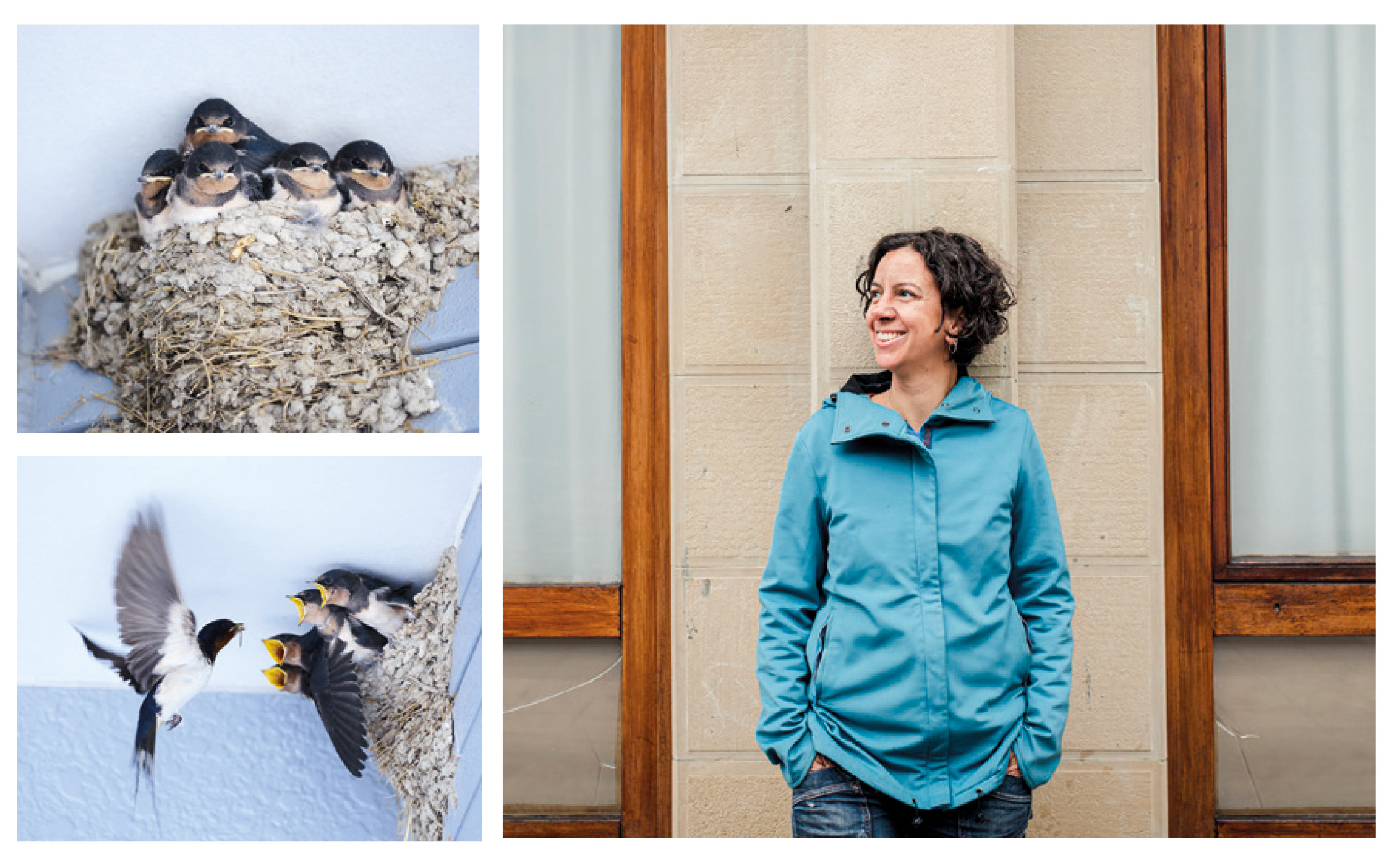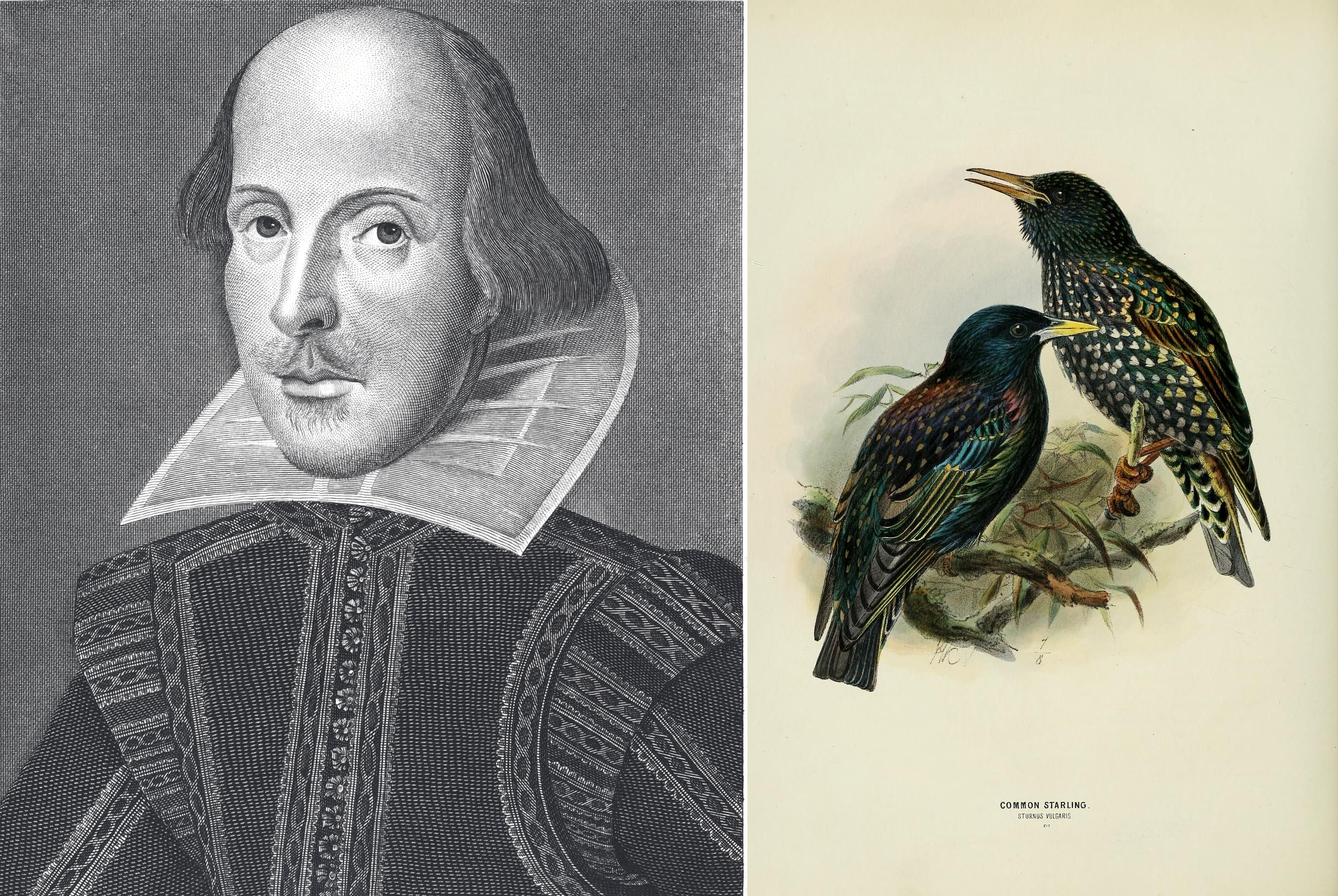Gray winter color rocky bird
- A special flight draws our attention to the coastal cliffs. He raises his head and passes like a butterfly the distance we have in front of our eyes. It's winter. Many birds have already migrated south in search of heat. However, there are those who love the cold. Among them, the rocky bird, a special high-mountain bird. We have seen it for our enjoyment. The high snowfall of the Pyrenees leaves and descends to the rocks of the Basque Country. Cold winters to not too cold areas. Feeding the cleft in art. Coloring the gray landscape a little bit.

As soon as we've seen, we screamed, "Harkaraid-txoria!" A big surprise. Surprise because it's not easy to see. Surprise, because watching on sea cliffs is not as common as in the mountains inside. We're lucky. In fact, the rocky bird (Murario Tichodroma) is a high-mountain bird. It can be found from the European mountains to the Himalayas. Pyrenees, Alps… almost always between 2,000 and 3,000 meters. We say it almost always, because in winter you can see it outside of them. And it is that, in the face of the great snow and cold conditions, he will not find in it its people of bug, the arthropods, which are their food. Thus, in winter it descends from the high mountains to lower areas. Always large, rocky cracks. You can see, therefore, in different mountains of the Basque Country. Outside the winter, in the Roncal valley, we will only find in the Larra-Belagua area. This requires keeping your eyes open. In fact, among the gray rocks, the rocky bird also knows how to hide well.
Up and down the wall As its name
suggests, to see the rocky bird we will have to look around the wall. In general natural. Steep roquedos, sea cliffs and, in some cases, some kind of construction, as we will discuss later.
It is a small gray cover bird, 15.5-17 centimeters long and 30-35 centimeters south. When closed, the gray dorsum can be confused with the color of limestone walls, making human observation difficult. Due to the difficulty of studying roquedos, their habitat or their habitat does not help to find it either. Therefore, the investigation of this species is not usually easy and some studies have detected a lack of data to know its conservation status. How many rock birds will Euskal Herria travel in winter?
The rocky bird usually has a tortuous march that goes up and down the rock. With rapid movements, he usually looks for cracked food accompanied by his long claws. For this it is accompanied by a black, thin, long and curved peak, which penetrates into small holes to catch the bugs hidden in it. But sometimes there is no other option and… it also has a movement that is manifested: flight. In fact, when the rock bird opens its wings, it lights up in the gray landscape, and in the midst of the cold winter colors, it stretches two wings of intense red color, along with black borders sprinkled with white spots. And there, the moment of seeing the bird becomes poetry in the eyes of man. The flight of the Rock Bird will remind us of the image of a great butterfly in the heart of the winter and our eyes will enjoy with the possibility of contemplating this peculiar animal. The observation of nature as a moment of enjoyment.
The love of limestone, but... the other stones are not damaged with the arrival of Winter, the rocky birds are seen each year in the roquedos of the different ranges of Euskal Herria. Usually, alone or by pairs, without hardly singing, silences
are frequent in the dark areas of the walls and the chances of observing it are reduced more. Looking into the holes of the large stone walls, when it captures the top of the roquedo often performs a long straight flight closing the wings and descending to the feet of the rock to research for food from the bottom up.
Some of its winter areas are known. In the cannons of Arbaiun and Lumbier, in the Natural Park of Aiako Harria, in the surroundings of Aizkorri-Aratz, in Urkiola or in the walls of the surrounding Gorbeia. It has also been observed in the immensity of coastal cliffs such as Lekeitio, Getaria and Jaizkibel.
This is how we saw it, moving from one big sandstone to another, shaking the two special wings. We were in an open valley that separated the two steep areas, a few meters from the sea. In fact, even though the limestone and the roquedos inside are more beloved, there are geological observations and outside these areas.
The connection between the spider and the rocky bird is not casual: in winter, the slits of the roquets look for spider and spider mesh
Ameraun-txorixa, friend of the friars, knows the rocky bird in the area of Oñati well. It also has
its own name, as has been collected in various interviews with elderly people in the area. This was done by Candido Izaguirre in 1969 in The Basque vocabulary of Aranzazu-Oñate and areas (The Basque dictionary of Arantzazu-Oñati and its surroundings), where it is known as Pareta-Txorixa or Ameraun-Txorixa. The first name, of course, does not offer much scope for doubt. The second, however, connects the spider or web with the bird. Why?
In addition to the Oñati area, Azkue and Telesforo Aranzadi have received similar names, such as spider and spider. In other languages too, this bird and the spider have often joined together in naming. Although in Spanish it is called “treparriscos”, it is also known as “arañero”. And it's no coincidence, of course, the connection between the spider and the rocky bird: in winter it is known that it seeks spider and spider mesh in the slits of the roquedos in order to eat the spiders in it. His food gives him the name of Oñati.
It is known by the oñatiarras because he visits the walls of Araotz every year. It is usually seen on the walls of Araotz during the winter for the enjoyment of people with sharp eyes and patience. Both natural and sometimes artificial walls.
That is what the experts say. They are said to have seen up and down on the artificial walls, except in the tower of the church of the Shrine of Arantzazu and in nearby buildings. There is no doubt, at least, that the unique wall of the church, where with its pyramidal stones it forms a spinous tower, will allow the rock to explore the entresidue among them. I would like to know if the local friars will know him, or if the late Pello Zabala would intuit that the Ameral Bird was coming to his Arantzazu with the winter days as a cold advertiser.
Besides in Oñati, Isaba is a known bird. In winter you can see the rocky bird. Will it have its own name?
There are not few climbers who have for some time seen the rocky bird on the walls of Araotz. It is true, on the one hand, that the best climbing season does not coincide with the presence of this bird, but at least the possibility of the rocky bird being present in the management of the climbing areas should
be taken into account. In fact, it has been seen that there are places where this sport is practiced and herbs are removed from the slits and cracks of the walls. This can avoid attracting arthropods, so it can cause less food for the bird.
In order to preserve sport and biodiversity, appropriate measures should be taken for the survival of both areas, so that in future we can continue to enjoy the movement of red wings on the gray stage of the robledals.
.jpg)
The LPO bird protection association counts more samples of white stork or stork and black millennia. Bird counts have been taking place in Organbidexka in the upper part of Larraine for 46 years. The stories start on July 15 and end on November 15, but from July 15 to August 15,... [+]
It is a night in September or October and the txantxangorri has embarked on a dangerous journey through the port of Brest, in Brittany, flying about a thousand metres high, about 45 kilometres an hour, and, if there is nothing wrong, it will be at Asterrika in Berriatua in the... [+]

























